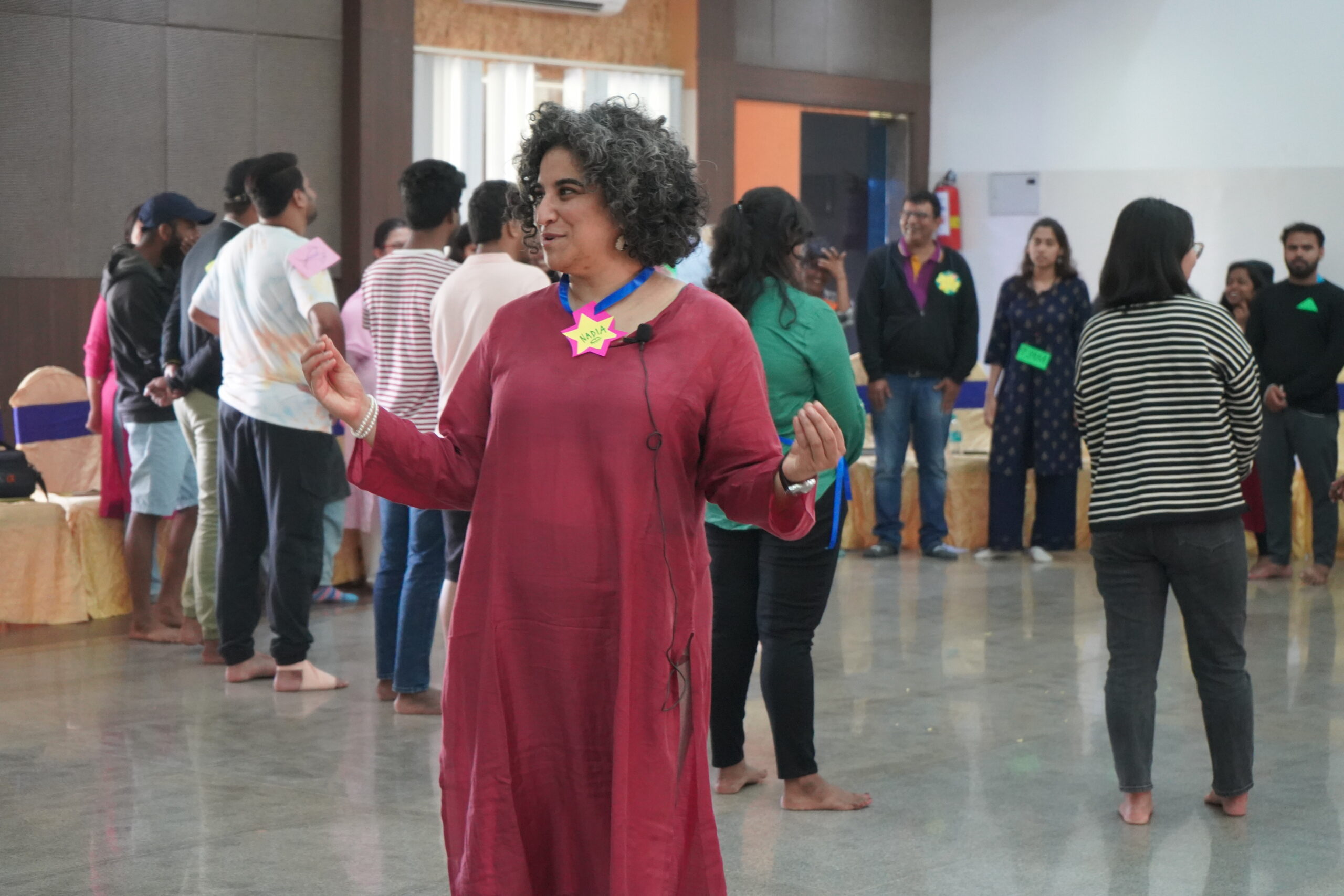When I reflect on Dream a Dream, the word that springs to mind is “evolution.” It’s an uncommon descriptor for an NGO, yet it perfectly encapsulates this remarkable organization’s essence. Many non-profits grow stagnant after a quarter-century, but Dream a Dream remains agile, responsive, and in a constant state of growth. I’ve witnessed this firsthand since my initial encounter with this extraordinary group in 2009.
Over the past fourteen years, we’ve embarked on numerous adventures in consciousness, community, and care-work together, each more unforgettable than the last. It’s a nested evolution, expanding from the core outwards, driven by an insatiable curiosity and a willingness to grapple with seemingly unanswerable questions.
The leadership team’s fearlessness in confronting, pondering and often ultimately cracking what others might view as insurmountable obstacles is truly inspiring. They refuse to accept “that’s just the way things are” as an answer. This dissatisfaction with the status quo fuels their continuous evolution.
While the mission remains steadfast – promoting a school system where every child can thrive – the approach is fluid and adaptive. New challenges are embraced wholeheartedly and when their time has passed, joyously set aside. This intuitive, creative leadership style is rooted in humility, humor and a profound commitment to values and people over progress and status.
These qualities are easy to claim but challenging to embody consistently. Yet, over fourteen years, I’ve seen them come to life at Dream a Dream time and again, like a northern forest reborn each spring. When I’m with Dream a Dream, I’m in the presence of living values – a willingness to relinquish the known in pursuit of truth. They constantly ask: How can what we know be even more true? How can we challenge our assumptions to discern what is genuine and what is not?
This approach can’t be planned; it’s the living, responsive aspect of intuition and creativity. You live it, walking together. You can strategize, but not rigidly plan. You can commit, but not cling. This creative leadership requires more than just humility and flexibility – it demands boldness and courage. The willingness to try, to fail, to be seen and known in both mistakes and successes is paramount.
In every interaction with Dream a Dream, we’ve unraveled knots and tackled seemingly unanswerable questions. We do this through play, art, and dialogue, employing the same methods used in youth camps and after-school classes to solve complex problems. Adapted from PYE Global’s creative community model, this approach awakens the inner artist and challenges that part of the self to confront questions of human systems and group dynamics.
We’ve had to grapple with profound questions: What is the shadow side of empowerment? What happens to a young person empowered in a society already expecting their failure? How can we shift the culture itself so that empowerment work has meaning not just for those primed for success, but for everyone?
These are questions worth living with, and the joy of uncovering how they can transform into method, practice and even policy has been the inspiration of a lifetime for me. Dream a Dream’s ability to dance with these questions, to hold them lightly yet seriously, exemplifies their unique approach to social change.
In a world often fixated on quick fixes and easy answers, Dream a Dream stands out as a beacon of thoughtful, evolving action. Their journey reminds us that true change is a process of continuous growth, learning, and adaptation. It’s a testament to the power of remaining open, curious, and committed to making a genuine difference in the lives of young people and the systems that shape their futures.
About the Author:
Nadia Chaney is an artist, community arts facilitator and facilitation trainer. She has been involved with Dream a Dream since 2009, supporting program design, training lead facilitators and in organizational development. She is the founder of Toolsi, an on-demand training platform for community facilitators, and host of the Adaptagen podcast. To learn more, go to www.nadiachaney.com.


